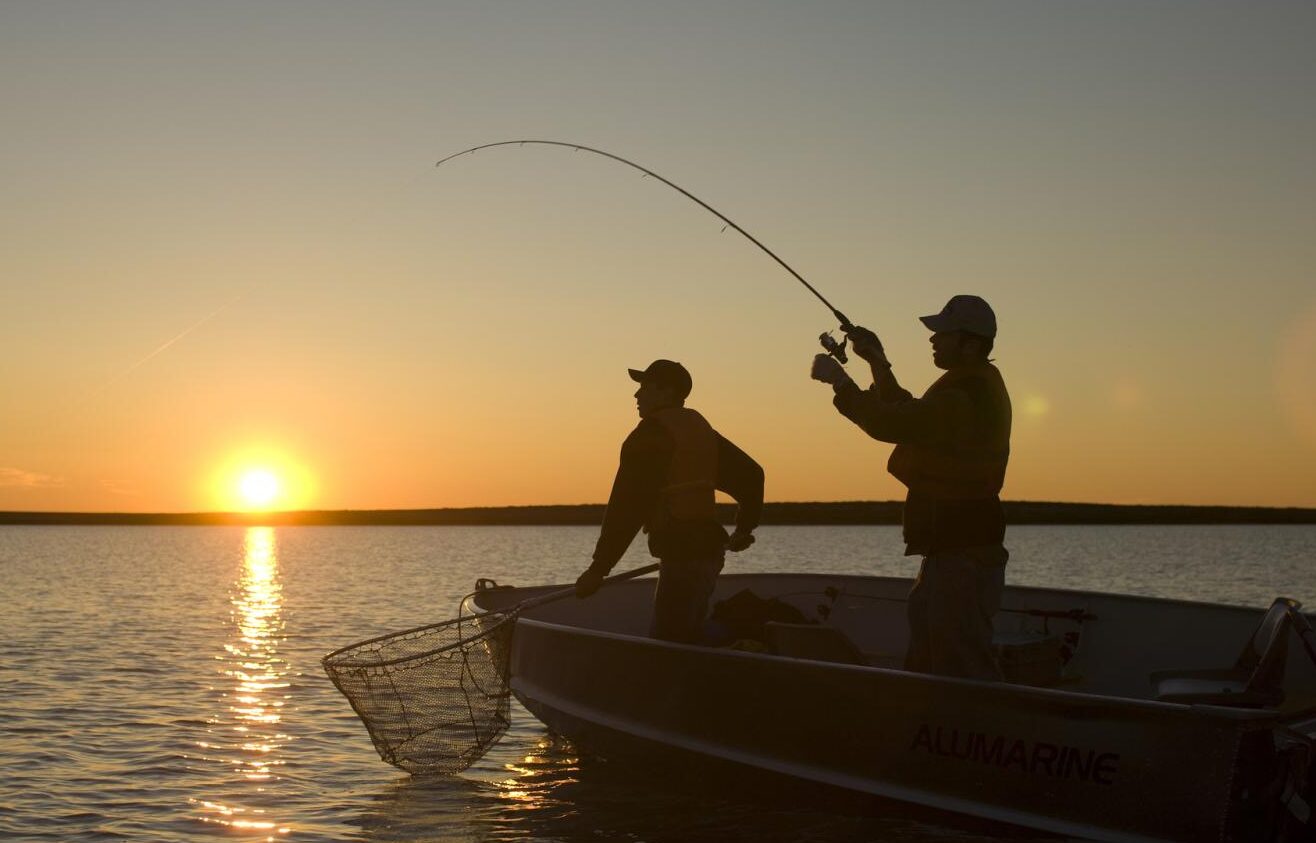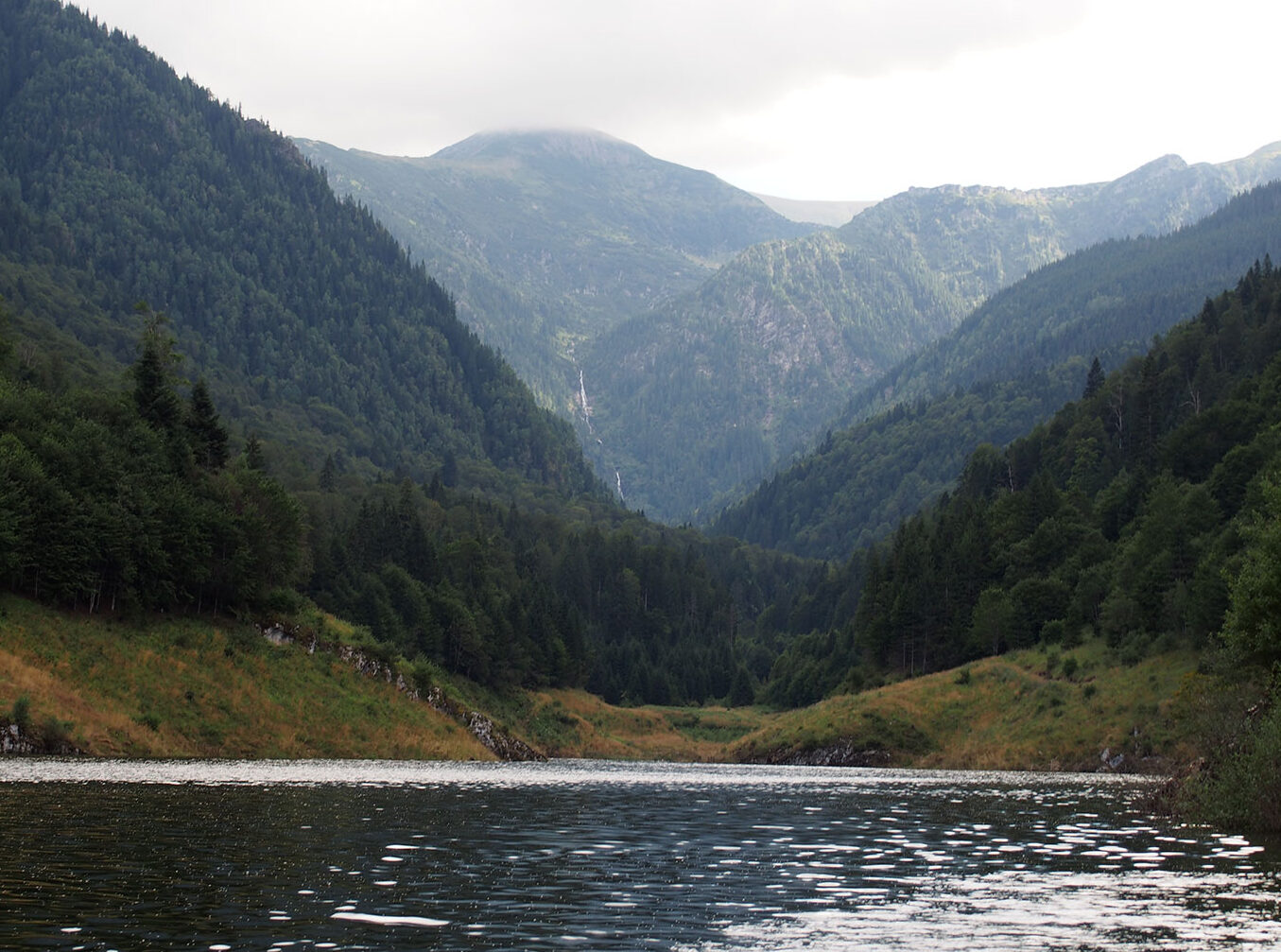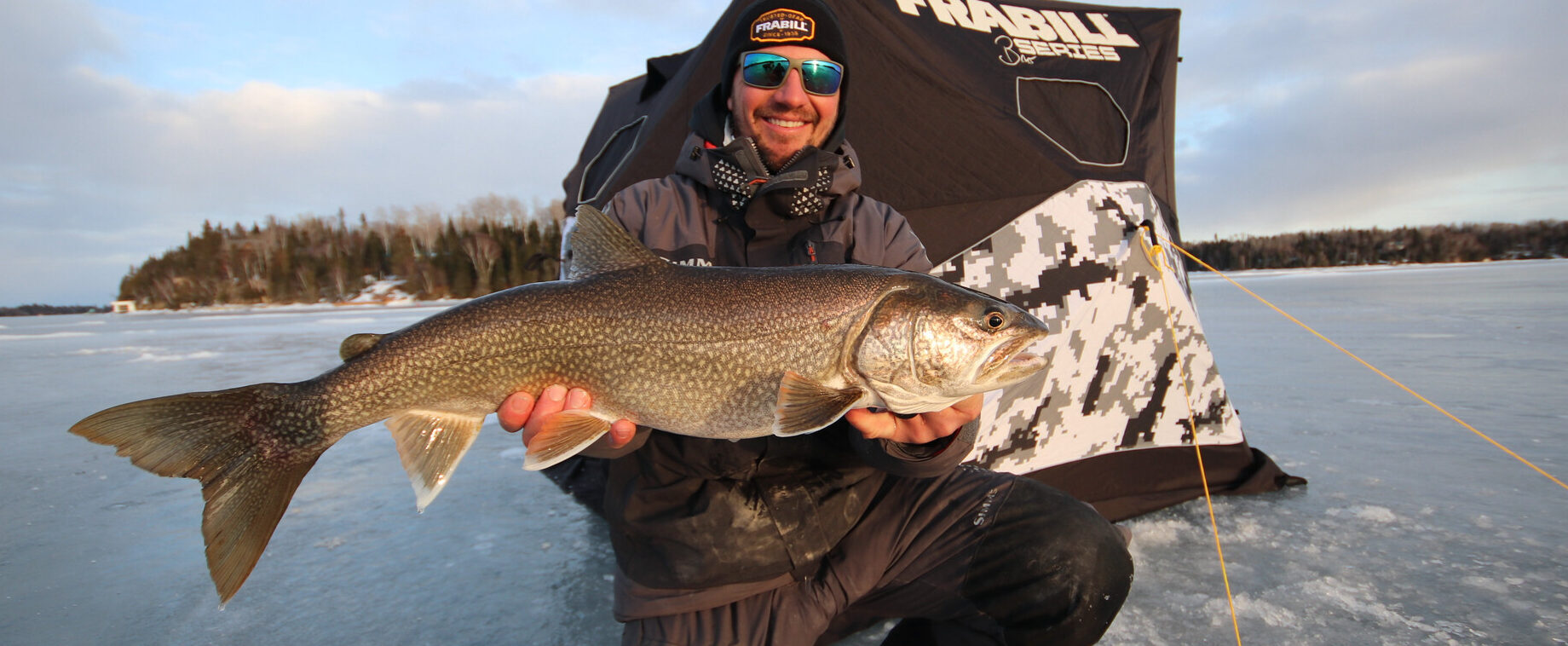Are you new to fly fishing and feeling overwhelmed by all the different types of flies available? Or maybe you’re a seasoned angler looking to up your game in matching the hatch for more successful catches. Either way, choosing the right flies is crucial for a successful day on the water. In this Fly Selection 101 guide, we’ll cover everything from understanding what fly selection is to how to match the hatch and choose the perfect flies for any scenario. So grab your gear and let’s dive in!
What is fly selection?
Fly selection is the process of choosing the right fly to use when fishing, based on a variety of factors such as water conditions, time of day and season. It’s an essential skill that can make or break your fishing trip.
Different types of flies serve different purposes and work best in specific situations. For example, dry flies are designed to float on top of the water and mimic insects that have landed there. Nymphs are tied to imitate aquatic insects in their larval stage, while streamers mimic baitfish or other prey for predatory fish.
Choosing the right fly also involves matching it with the hatch – meaning selecting a fly that looks like the insect species currently hatching in the area you’re fishing. This requires some knowledge about entomology and observation skills to identify what’s happening on the water.
Ultimately, successful fly selection comes down to understanding what type of fish you’re targeting, observing your surroundings and being flexible enough to adjust your strategy if needed. With practice and experience, anyone can master this crucial aspect of fly fishing.
The different types of flies
Fly fishing is an art that requires a lot of patience, experience, and knowledge. One important aspect of fly fishing is choosing the right type of fly to use. There are many different types of flies available for anglers to choose from. Each one has its own unique characteristics and purpose.
Dry flies are designed to float on top of the water’s surface. They are typically used when fish are actively feeding near the surface or in shallow waters. Some common dry flies include the Adams, Royal Wulff, and Elk Hair Caddis.
Nymphs are meant to mimic aquatic insects found beneath the water’s surface. They can be fished using techniques such as nymphing or drifting along the bottom of a river or stream bed. Examples of popular nymph patterns include Pheasant Tail, Hare’s Ear, and Prince Nymph.
Streamers imitate baitfish or other small prey species that larger fish feed on in rivers and lakes. These types of flies are often fished with sink-tip lines or sinking leaders to get them down deep into the water column where predatory fish lurk waiting for their next meal. Popular streamer patterns include Woolly Buggers, Clouser Minnows, Zonkers, and Sculpin patterns.
Emergers represent insects transitioning from underwater life stages (typically larvae) into adult ones which can occur either just below or at times even upon the waters’ surfaces depending on how active they may be coming out – Sometimes referred as “half-in-half-out” flies due to their design
In conclusion identifying which type works best depends greatly on local environmental factors such as seasonality/life cycles/temperature/depth amongst others but also sometimes simply what your gut tells you might work that day!
How to match the hatch
Matching the hatch is an essential skill for fly fishing. It involves selecting a fly that imitates the insects or other aquatic organisms present in the water at that time. Doing so will increase your chances of catching fish, as it makes your fly look more appealing and natural to them.
The first step in matching the hatch is identifying what insects are present in the water. You can do this by observing what’s flying around or crawling on rocks near the water’s edge. Another way is to use a seine net to collect samples of aquatic life and examine them closely.
Once you’ve identified what’s present, choose a fly that matches its size, shape, and color. For example, if there are mayflies hatching, choose a mayfly pattern that matches their size and coloration.
It’s also important to consider how these insects behave in the water when selecting your flies. Are they swimming on or just below the surface? If so, select a floating dry fly pattern. Or are they diving down towards the bottom? In this case, try using nymphs or wet flies.
Matching the hatch takes practice but becomes easier with experience and knowledge of local insect populations. By doing so correctly, you’ll be able to catch more fish while enjoying one of nature’s most peaceful pastimes – fly fishing!
How to choose the right flies
Choosing the right flies for a successful fly fishing experience can be overwhelming. With so many options available, it’s hard to know where to start. Here are some tips on how to choose the right flies:
1. Consider the water conditions – Is the water clear or murky? Are there weeds or rocks in the area? These factors will affect your fly choice.
2. Look for natural food sources – Observe what insects and other aquatic life are present in the water. Look under rocks and logs, or use a seine net to catch samples of bugs swimming around.
3. Choose size and color based on season – Different types of insects hatch at different times of year, so you’ll want to match your fly accordingly.
4. Experiment with different patterns – Don’t be afraid to try new flies! If one isn’t working, switch it up until you find something that gets results.
5. Seek advice from locals or experienced anglers – They may have valuable insight into what works best in their area and can recommend specific patterns.
Remember, choosing the right fly is just one part of successful fly fishing – technique and presentation also play important roles!
Fly fishing recipes
Fly fishing recipes are not your typical food recipes, but rather a list of fly patterns that imitate the natural insects found in the water. The beauty of these patterns is that they can be customized to match specific hatch conditions and even mimic different stages of an insect’s life cycle.
One popular recipe is the Adams dry fly, which imitates a variety of mayflies and works well on both stillwater and moving waters. Another classic pattern is the Woolly Bugger, which resembles leeches or baitfish and can be used in freshwater or saltwater.
For those targeting trout in clear streams, the Elk Hair Caddis is a go-to pattern as it mimics adult caddis flies perfectly. If you’re after bass or other warm-water species, consider tying on a Clouser Minnow – its weighted head allows for quick sinking action and realistic movement.
The key to successful fly selection lies in understanding what insects are present at any given time and choosing patterns that closely resemble them. While there are countless recipes out there to choose from, don’t be afraid to experiment with new materials or techniques to create your own custom patterns!
Mastering fly fishing recipes takes practice and patience but can lead to incredibly rewarding results on the water. By learning how to tie effective flies tailored specifically for your target species’ diet preferences will significantly increase your chances of hooking up.
Fly selection is a crucial part of fly fishing. Knowing the different types of flies and how to match them with the hatch can make all the difference in catching fish. Remember to do your research before heading out on a fishing trip and always bring a variety of flies in case conditions change.
Choosing the right flies takes practice and experimentation, but by following these tips and guidelines you’ll be well on your way to becoming an expert angler. And don’t forget about creating your own recipes for flies – it’s a fun way to personalize your fishing experience.
So get out there, hit the water, and start practicing your fly selection skills! Happy fishing!


